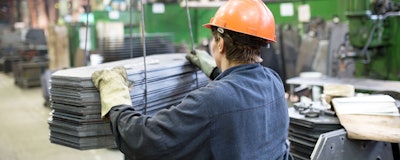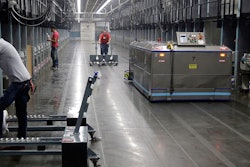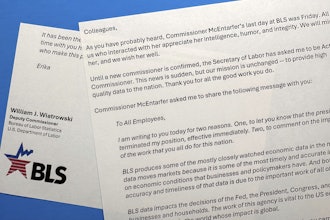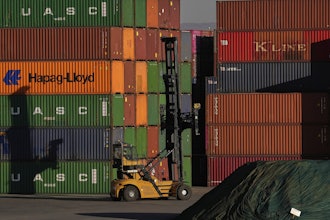
Over the next decade, nearly 3.5 million manufacturing jobs will likely be needed in the United States — and 2 million of those jobs are expected to go unfilled due to a skills gap.
How will U.S. manufacturing continue the growth it’s experienced in recent years (yes, growth: 63 U.S. metropolitan areas set goods exports records in 2015) if 1.5 million people potentially need to do the work of 3.5 million people?
At our company, we focus on making software development organizations far more productive. Those organizations, in turn, work to provide technology, both hardware and software that raises the productivity of industries like manufacturing. That position allows us to see trends in manufacturing and one clear trend we see is how dramatically technology is impacting manufacturing productivity across the globe. Inspired by National Manufacturing Day, we thought we’d offer our perspective on how using technology can and is helping to make manufacturers of all sizes more productive, and ultimately more successful.
One of the ways to maintain manufacturing momentum in the face of such a challenging scenario is to keep finding ways to make workers more productive. And that’s where technology has a huge role to play.
Improved technology is elevating productivity to a level that allows manufacturers to do more with less. Manufacturers can more easily communicate and collaborate with partners and suppliers, and produce better products in less time —and with less errors and less costs. Simply put, fewer workers are able to accomplish more via the increased productivity that technology brings.
The more productive we are, the more of the share of the world’s manufacturing capacity we have, and our competitiveness stays high. Technology —and the productivity it enables — is the key to the continued growth in US manufacturing.
Sometimes this productivity has unexpected benefits. There are any number of reasons why companies that moved manufacturing operations offshore might have started “re-shoring” those jobs and moving them back onshore in recent years; typical culprits include quality, cost, or delivery issues. But it is equally plausible that improved technology has elevated productivity to a level that makes the cost/benefit tradeoff of outsourcing or offshoring much less attractive.
Reports of manufacturing’s demise are, it would appear, greatly exaggerated — as long as we stay committed to boosting productivity. Making this investment in the workforce will help keep American manufacturing humming, now and into the coming decade.
Ron Fritz and Dave Opsahl both work at Tech Soft 3D.






















